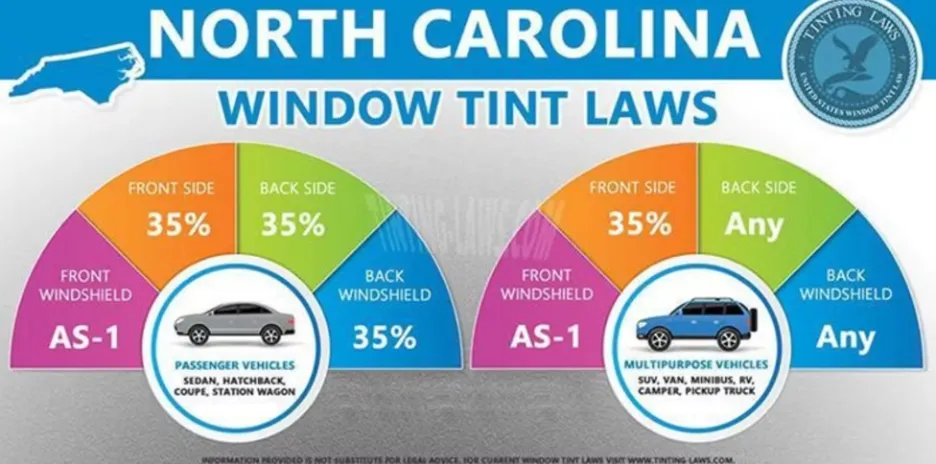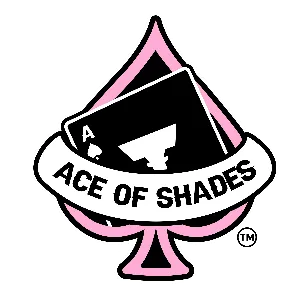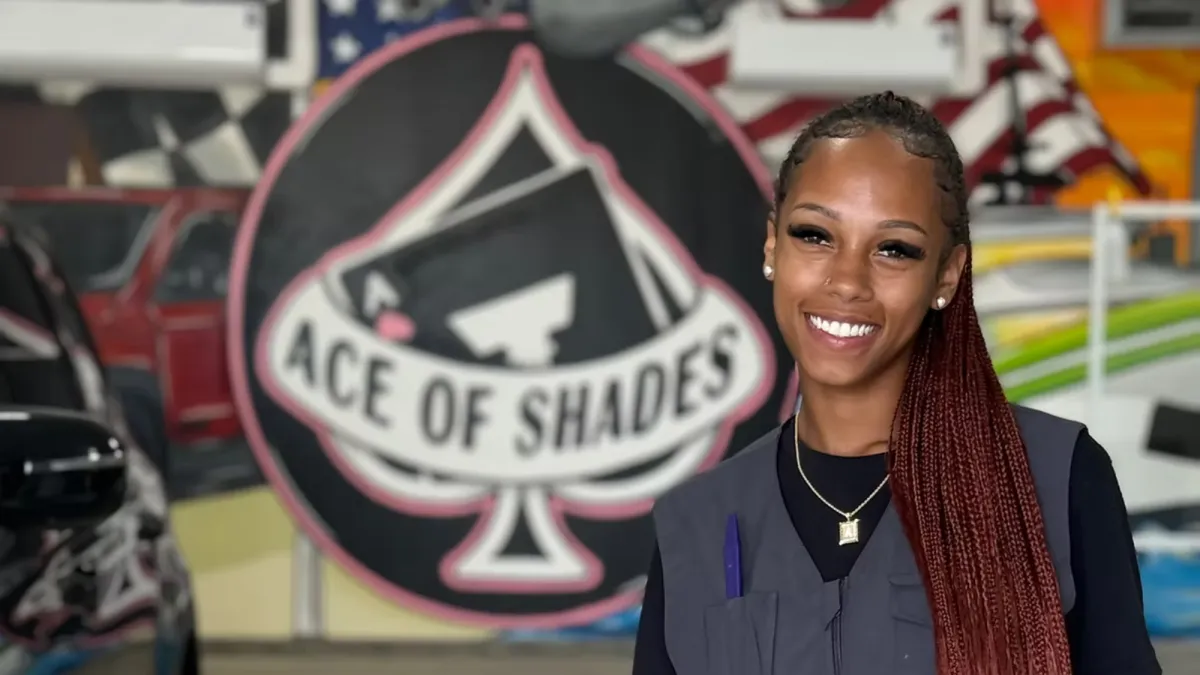NC TINT LAWS
AUTOMOTIVE TINT REGULATIONS
In North Carolina, automotive window tinting is regulated by darkness limits, measured as Visible Light Transmission (VLT). The front windshield is generally required to have a VLT of 70%, while the front side windows must allow at least 35% of light. The rear windows can have any darkness.
ENFORCEMENT & PENALTIES
Law enforcement officers may conduct inspections during traffic stops to ensure compliance with tint regulations. Non-compliance may result in fines or requests to remove the tint.
PENALTIES FOR VIOLATIONS
Law enforcement officers may conduct inspections during traffic stops to ensure compliance with tint regulations. Non-compliance may result in fines or requests to remove the tint.
STAY INFORMED & COMPLIANT
By staying informed about North Carolina's tint laws and regulations, you can enjoy the benefits of window tinting without facing legal consequences. Keep this guide handy and consult with local authorities if you have specific questions about tinting regulations in your area.
NORTH CAROLINA TINT LAWS 2024-2025

MAXIMUM DARKNESS
35% VLT
TINT CAN ONLY BE
ON TOP OR ABOVE AS1 LINE
35% VLT
North Carolina tint laws regulate the darkness and refelctiveness window tint on vehicles. The laws apply to passenger cars, trucks, SUVs, and vans.
The maximum darkness allowed is 35% visible light transmission (VLT) on all windows, except for the windshield. The windshield can only have tint on the top 5 inches or above the AS1 line, whichever is longer.
The tint must not be reflective.
COPYRIGHT © 2025
ALL RIGHTS RESERVED. // PRIVACY POLICY // TERMS AND CONDITIONS




